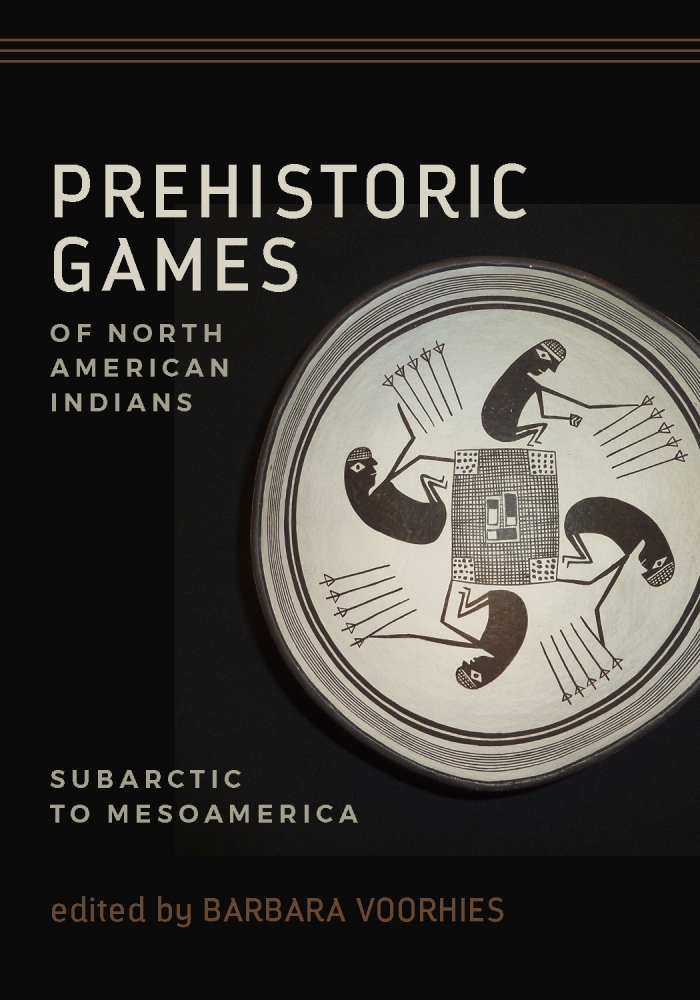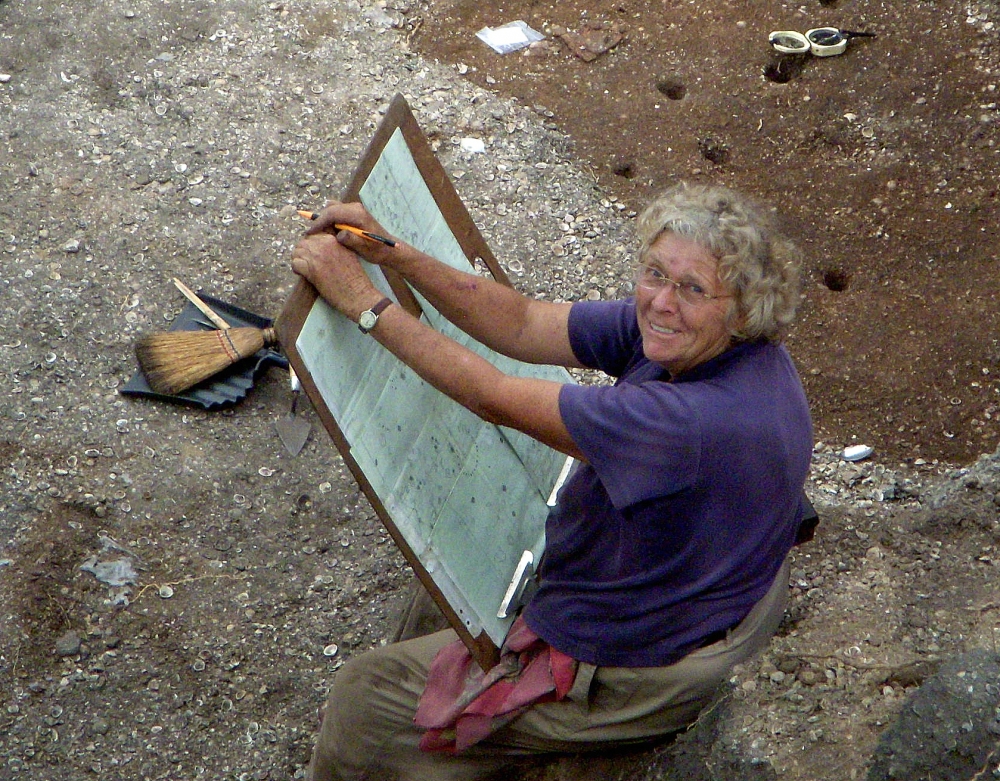
Games People Play

From games of chance to tests of physical skill, ancient North America Indians took their sport and recreation seriously — in some cases, seriously to the point of betting themselves into slavery when they had nothing to wager but themselves.
As UC Santa Barbara anthropologist Barbara Voorhies explains it, “Games are ubiquitous. Every society seems to have them.”
The same can be said, she added, about gambling. Gambling was prevalent because with nothing at stake the games would simply be incredibly boring.
“Based on the ethnographic record, gambling must be very deep-seated in human prehistory because it shows up everywhere, from the arctic to the tropical lowlands, and in hunter-gatherer to more complex societies,” said Voorhies, a research professor in UCSB’s Department of Anthropology and a specialist in archaeology, human ecology and Mesoamerica. “It’s everywhere.”
In the new book, “Prehistoric Games of North American Indians: Subarctic to Mesoamerica” (University of Utah Press, 2017), chapter authors examine the role of games among ancient indigenous people throughout North America. As editor, Voorhies, also a contributor to the volume, brings together the expertise of 20 archaeologists. Collectively, they look at how games fit into the social logic of ancient societies; how games influence economies, religion, politics and health care; and how they promote cooperation or competition among participants.
Some of the archaeologists’ research derives from diaries of Spaniards who arrived in Central Mexico. They described a dice game the Aztecs played, and it seems the ancient Maya enjoyed similar games. “Dice games are pretty widespread across the continent,” Voorhies said. “By and large they are women’s games,” though not in these two societies. There were several types of ball games played across Mesoamerica as well, some played with rubber balls, she said, adding that such activities were described by the Spaniards.
“One generalization we can make about North American games is that women play against women and men play against men,” Voorhies said. “Gambling might be between the players, but also among onlookers.” Sisters might play a dice game with each other, she added, and bet on who would cook dinner or get firewood. Sometimes, people would gamble on a game with the loser being enslaved to the winner for a period of time.
Voorhies’ interest in the topic of ancient games goes back to 1988 when she was excavating a shellmound in southern Mexico. On a floor-like surface, she found a puzzling semicircular pattern of 24 holes, with a rock imprint in its center. “It looked like somebody was playing marbles,” she recalled. “That was the first thing that occurred to me. At the time I didn’t think anybody in Mesoamerica played marbles so I discounted that and was perplexed about this whole thing.” In 2009, she returned to the site, expanded the excavation to expose more of the floor, and found several more of these features. “Whatever it was, people were doing it a lot. So I renewed my efforts to figure out what it was.”
A colleague referred her to American ethnographer Stewart Culin’s 1907 book titled “Games of the North American Indians.” It was considered the most complete work ever prepared on the games of North American Indians living during Culin’s lifetime. Voorhies realized her discovery in Mexico was most likely a game board, since it closely resembled dice game scoreboards from several groups in the American southwest and northwest Mexico that were described by Culin. To honor Culin’s pioneering book, Voorhies purposely gave her new edited book a nearly identical title.



